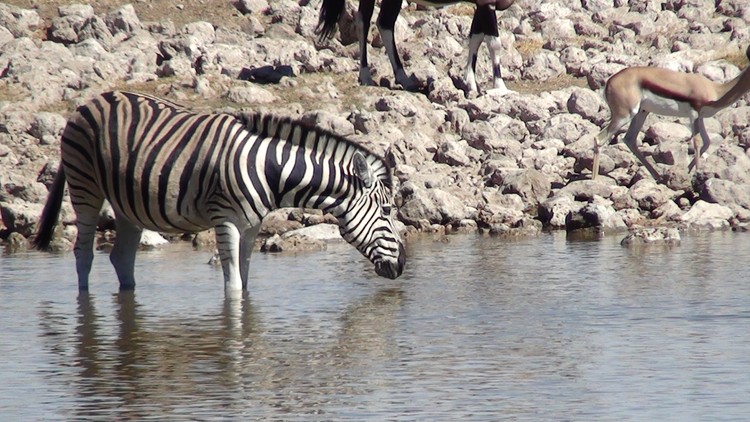Animal Physiology 4: Temperature, heat and water balance
How animals adapt to environments of varying temperature and water availability
4.85 (10 reviews)

160
students
9 hours
content
Apr 2021
last update
$49.99
regular price
What you will learn
Understand how temperature affects animals' metabolism
Understand how enzymes are engineered to function well at a particular temperature
Understand how to calculate the energy cost of homeostasis
Understand the concept of the operative temperature and how it relates to the thermal niche
Understand the energetic foundation of biogenetic rules such as Bergmann's rule
Understand the concept of the thermal energy budget and how it shapes the nature of adaptation to environmental temperature
Understand the role of evaporation from the skin and lungs in adaptation of animals to hot environments
Understand some of the mechanism for reducing or recovering water lost by evaporation from the skin or lungs
Understand how heat capacity of the body can be used as an adaptive mechanism for reducing evaporation losses in hot climates
Understand the nature of adaptive challenges of cold environments
Understand how animals manage freezing of body water, including antifreeze mechanisms and controlled freezing
Understand the effect of cold on cell membrane fluidity and how membrane fluidity is managed in cold conditions
Understand the fundamental energetic constraints that promote hibernation and torpor among animals
Understand the concept of the water budget and how this ties in to adaptation to different hydric environments
Understand the different types of hydric environments and the water balance challenges each poses
Understand the basic mechanism of kidney function and the roles of filtration, reabsorption and secretion
Understand how nephron function is managed and the relationship of salt recovery from water recovery
Understand the basic hormonal control systems for kidney function, including the renin-angiotensin system and anti-diuretic hormone
Understand how nephron morphology relates to kidney function and the changes in nephron morphology that have accompanied the transition to terrestrial life
Understand the adaptive conflict between salt recovery and water recovery in terrestrial environments and some of the ways animals manage it, including salt glands
Understand how the nitrogenous waste products of amino acid metabolism tie into the water budget of animals
Understand how the kidneys of mammals and birds produces urine that is more concentrated than the blood and why the nephrons of the lower vertebrates cannot
Understand the Malphighian tubule system of insects and how these illustrate the different ways animals meet the same adaptive challenges
Screenshots




Related Topics
835296
udemy ID
4/29/2016
course created date
11/28/2021
course indexed date
Bot
course submited by